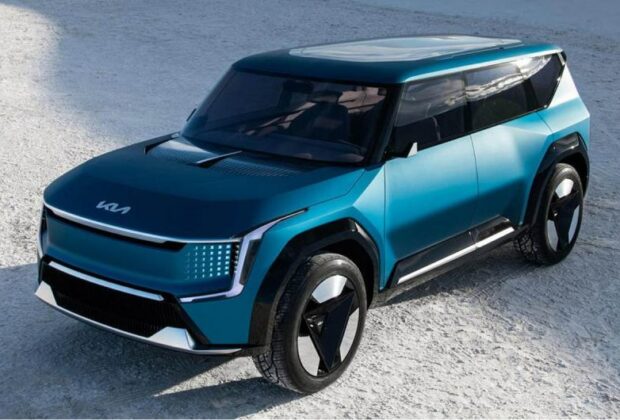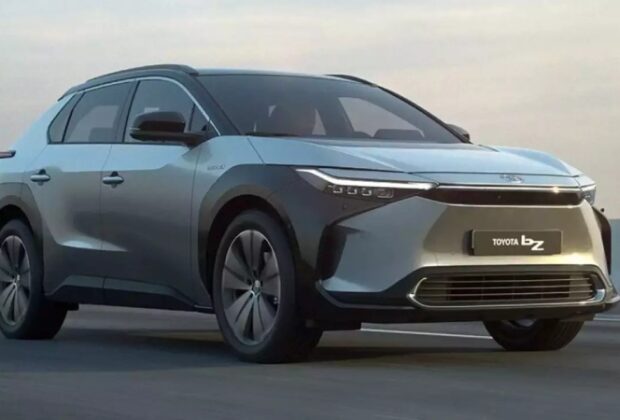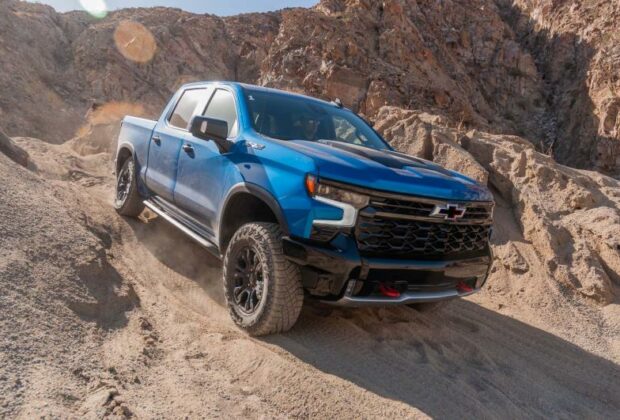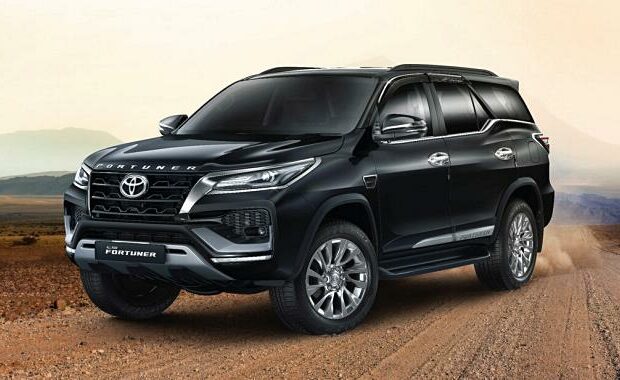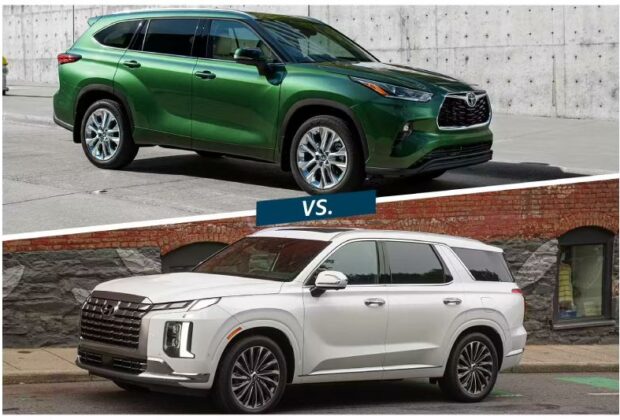Hyundai Palisade 2024
The Hyundai Palisade provides an amazing blend of style, functionality, comfort, and technology, all of which are essential for success in the three-row SUV market. With its 291 horsepower V6 engine, its spacious cabin, and capacity for up to eight passengers, make it nearly as much of an SUV as a minivan.
In 2024, the appearance remained unchanged, but a new trim level called the Calligraphy Night edition was added. All-wheel drive (AWD) is included as standard, and the bodywork, including the wheels, is completely blacked out.
Highway Driving Assist is a standard feature of the Palisade that we truly value. This semi-autonomous driving system makes driving on highways safer and easier by combining a number of technologies, such as adaptive cruise control and lane centering. Using GPS and road data, the available Highway Driving Assist II technology can adjust your speed automatically. The starting price, including destination fees, is $38,045.
Hyundai Palisade Highlights
Outstanding warranty: You may have peace of mind for ten years with Hyundai’s five-year/60,000-mile basic warranty and ten-year/100,000-mile powertrain warranty. A complimentary 3-year/36,000-mile maintenance plan is also included with Hyundai.
Safety-minded: All Palisade trim levels come equipped with Hyundai’s SmartSense suite of safety technologies as standard. It has lane-keep assistance, adaptive cruise control with navigation, automatic emergency braking, blind-spot monitoring, and more.
Big screen: The Hyundai Palisade boasts an amazing 12.3-inch touchscreen that makes it easier to find the music or podcast you want to listen to, navigate to your next location, and make sure the right smartphone is linked.
Toyota Highlander (2024)
Thanks to a few upgrades last year, the Toyota Highlander delivers superb technology and plenty of interior room. For years, it has been a well-liked addition to this market, particularly because it can accommodate up to eight passengers.
A more effective 2.4-liter turbocharged 4-cylinder with 265 horsepower is one of the modifications. With a combined fuel economy of 25 mpg, that is more than enough power to handle everyday errands and is better than most competitors in this class, including the Hyundai Palisade. A highly effective hybrid version of the Highlander is also offered.
The Highlander continues to set the standard for the class thanks to its spacious, pleasant interior and several technology advancements. The starting price, including destination costs, is $40,665.
Toyota Highlander Highlights
All-wheel drive: There are two variations of all-wheel drive available for the Highlander. Customers can select a Dynamic Torque Vectoring system, available in higher model levels, to control torque distribution between the front and rear wheels as well as the left and right. Moreover, it offers extra inputs to enhance driver responsiveness.
Connected: Do several devices need to be connected? Every Highlander model has two 12-volt power outlets for charging other devices in addition to five USB ports spread around the cabin.
Safety suite: All Highlander trims come equipped with the brand’s Safety Sense 2.5 as standard. It incorporates lane-tracing assistance, adaptive cruise control, blind-spot monitoring, and other driving aids.
Similarities
With their appealing outward appearance, roomy interior cabins, and an extensive array of safety and convenience systems, the Hyundai Palisade and Toyota Highlander are very desirable vehicles. Each has three rows that may accommodate up to eight people.
Conclusion
In this class, the Toyota Highlander is the unsung winner. That is, until a few years ago when Hyundai debuted the Palisade. The competition has tightened up since then. Although the prices of these two are comparable, the Hyundai Palisade has over 30 horsepower and larger interior room. On the other hand, the Highlander has an excellent reputation and significantly better fuel efficiency.
Read Full Article

